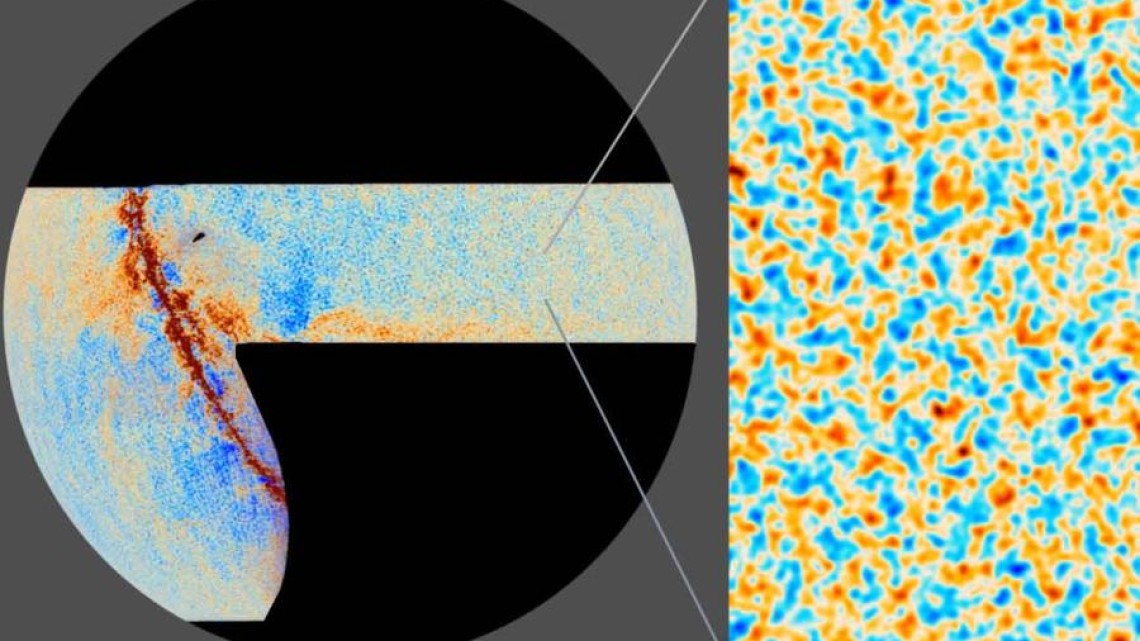
A piece of the new image that shows the vibration directions (or polarization) of the radiation. Polarized light vibrates in a particular direction; blue shows where the surrounding light’s vibration directions are angled towards it, like spokes on a bicycle; orange shows places where the vibration directions circle around it. This new information reveals the motion of the ancient gases in the universe when it was less than half a million years old, pulled by the force of gravity in the first step towards
News directly from Cornell's colleges and centers
Clearest images yet of 380,000-year-old baby universe released
New research by the Atacama Cosmology Telescope (ACT) collaboration has produced the clearest images yet of the universe’s infancy – the earliest cosmic time yet accessible to humans. Measuring light that traveled for more than 13 billion years to reach a telescope high in the Chilean Andes, the new images reveal the universe when it was about 380,000 years old – the equivalent of hours-old baby pictures of a now middle-aged cosmos.
The new results confirm a simple model of the universe and have ruled out a majority of competing alternatives, says the research team. The work has not yet gone through peer review, but the researchers will present their results at the American Physical Society annual conference on March 19 and have submitted papers with their findings. The new ACT data are also shared publicly on NASA’s LAMBDA archive.
“It's thrilling to see these new precise cosmological results, which are the culmination of over two decades of research with ACT. These measurements are the state-of-the-art cosmic microwave background (CMB) measurements covering about half the sky, enabled by critical support from the National Science Foundation,” said Michael Niemack, professor of physics and astronomy in the College of Arts and Sciences and a member of the research collaboration for the last 20 years. He helped design the telescope optics and build, test, deploy, and operate the low temperature detector and optical technologies that were used in all three generations of instruments on ACT.
Read the full story on the College of Arts and Sciences website.
Media Contact
Get Cornell news delivered right to your inbox.
Subscribe
